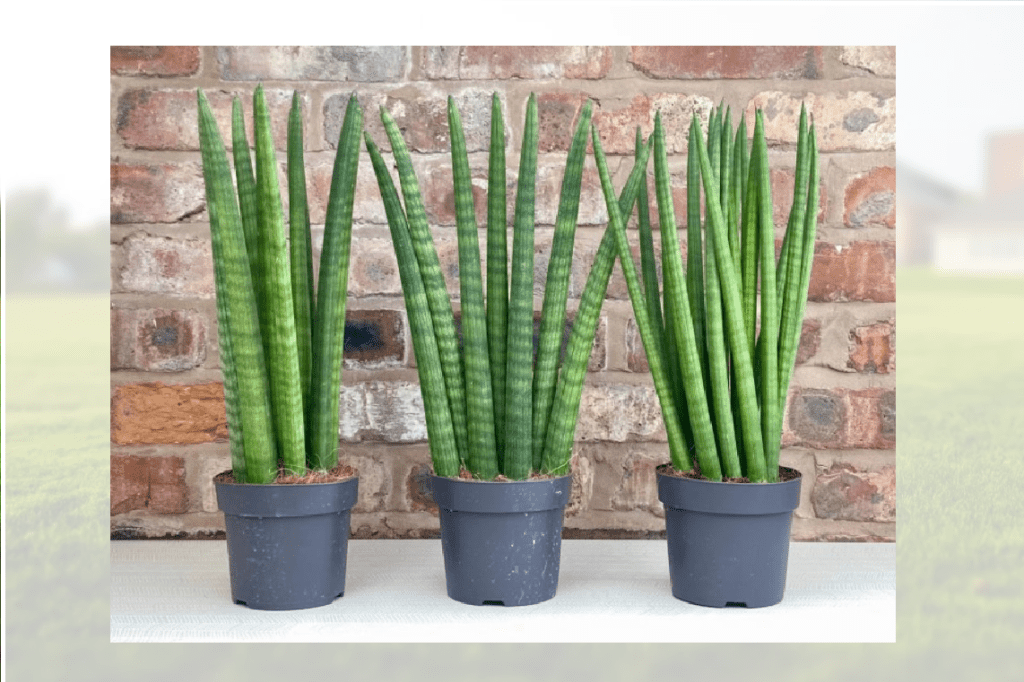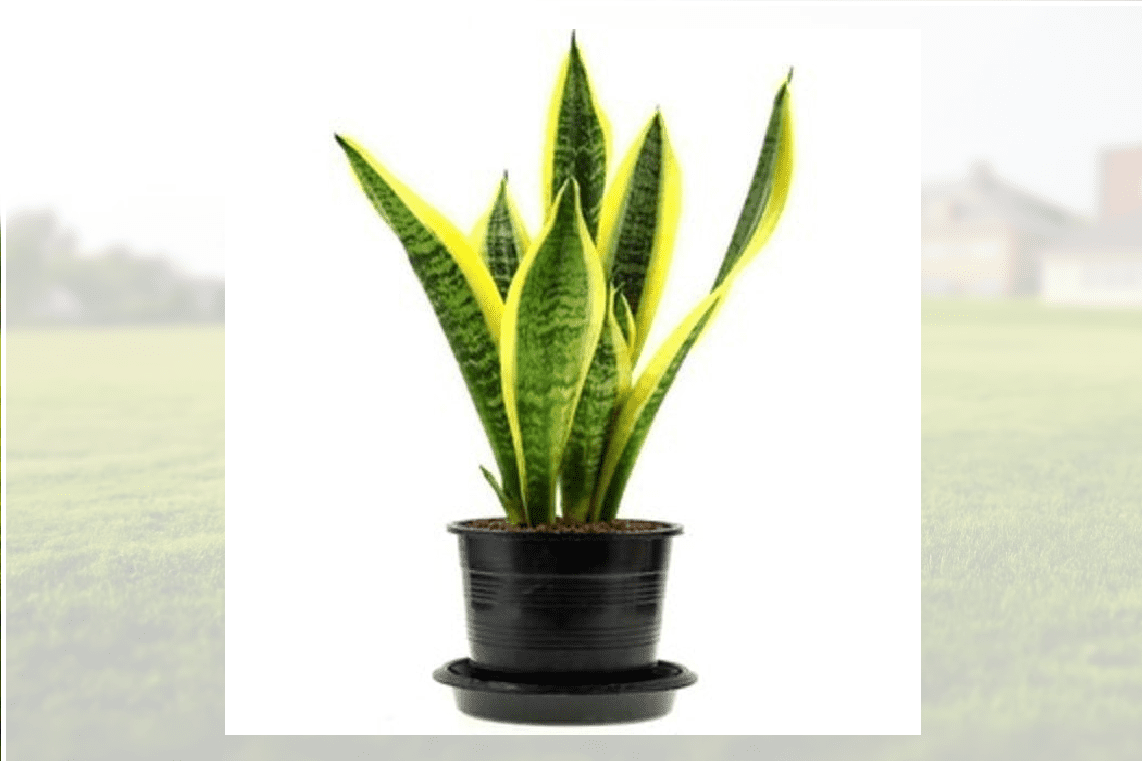Do you know how to take care of a sansevieria? The snake plant, also known as Dracaena trifasciata, is one of the most popular and hardy houseplants. It was previously categorized as Sansevieria trifasciata, but its similarities to Dracaena species were too many to ignore.
The plant can grow to be six inches tall or eight feet tall, with rigid, sword-like leaves. Snake plants come in a variety of colors, but most have green-banded leaves with a yellow border. Maybe you want to know The Best Ways To Fix Broken Snake Plant Leaves. How take care of a Sansevieria?
How to Grow a Sansevieria?

Sansevieria: How to Grow It Outside
Sansevieria can be grown outside if you live in USDA growth zones 9 through 11. They’re robust, easy-to-grow plants, but one thing they can’t do without is proper drainage. They will rot and die if they are overwatered or planted in a moist environment.
Their predilection for dryness, on the other hand, makes them ideal candidates for desert or xeriscape situations. In arid environments, the thick cuticle on their leaves keeps plants from drying out.
Sansevieria prefers full sun, although it can also thrive in light to moderate shade. If you’re growing mother-in-tongue law’s in the shade, its jaunty gold borders are less likely to show. It requires sunlight to fully develop its variegation. Plants that receive insufficient light might become weak and spindly.
Sansevieria: How to Grow It Inside

Sansevieria is a popular houseplant among most people. They’ve adapted well to living indoors, where light levels might be low. Your sansevieria will thrive in a sunny location, but even a dimly lit room would suffice. To give the drainage that these plants require, use cactus potting soil or mix coarse sand into standard potting soil.
Make sure you don’t overwater them. Between waterings, allow the soil to dry out gradually. Because clay is permeable, the soil will dry faster than in a plastic pot, making it the ideal container for sansevieria.
Plastic pots retain moisture, which is beneficial for plants that require moist soil, but can induce root rot in plants that require dry conditions, such as sansevieria. They are robust plants, but they will succumb to one of two conditions: too much water or no water at all.
How to Take Care of a Sansevieria

Because it is difficult to kill, the sansevieria or snake plant is an excellent choice for new gardeners. It looks excellent in a container and thrives on the floor or in tabletop arrangements. In warm weather, the snake plant thrives, but in cold weather, it struggles. Although drought-resistant, this plant is prone to overwatering, which can result in root rot. 2 Water the plant only when the soil seems dry. During the winter, these plants may spend two months without being watered. During the summer, water only once every two weeks.
5 Things to take care of a sansevieria
Light
Snake plants like light that is indirect yet consistent, with occasional direct sunlight. They can adapt to full daylight and will also thrive in dimly lit environments.
Soil
A loose, well-drained potting mix is ideal for soil snake plants. In sandier soils, this plant thrives. Use a potting medium that is low in peat. Peat is useful in a variety of conditions, however it can become compacted and have issues rehydrating or draining. A nice option is an all-purpose cactus potting soil.
Water
Between waterings, allow the soil to dry out. Reduce watering to once a month throughout the winter, or whenever the soil feels dry to the touch. Over-watering might kill the plant, so err on the side of under-watering.
Humidity and Temperature
Snake plants enjoy warm temperatures and will suffer if they are exposed to temps below 50°F. Place the plant in an area where it won’t be exposed to drafts. It’s great if the temperature is between 70 and 90 degrees Fahrenheit. This plant will be killed by frost.
Fertilizer
During the growing season, feed with a moderate cactus fertilizer, a balanced liquid slow-release 10-10-10 fertilizer, or a 20-20-20 fertilizer diluted to half strength. In the winter, don’t fertilize.
Conclusion
For many years, the Sansevieria plant has been a favorite among indoor gardeners. To cultivate this houseplant, you don’t need to have a green thumb, but you should know Should You Repotting Your Plants After Buying Them? when you buy a new plant. Don’t forget our tips to take care of a sansevieria.

